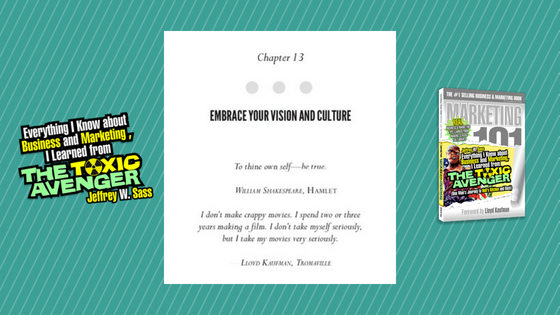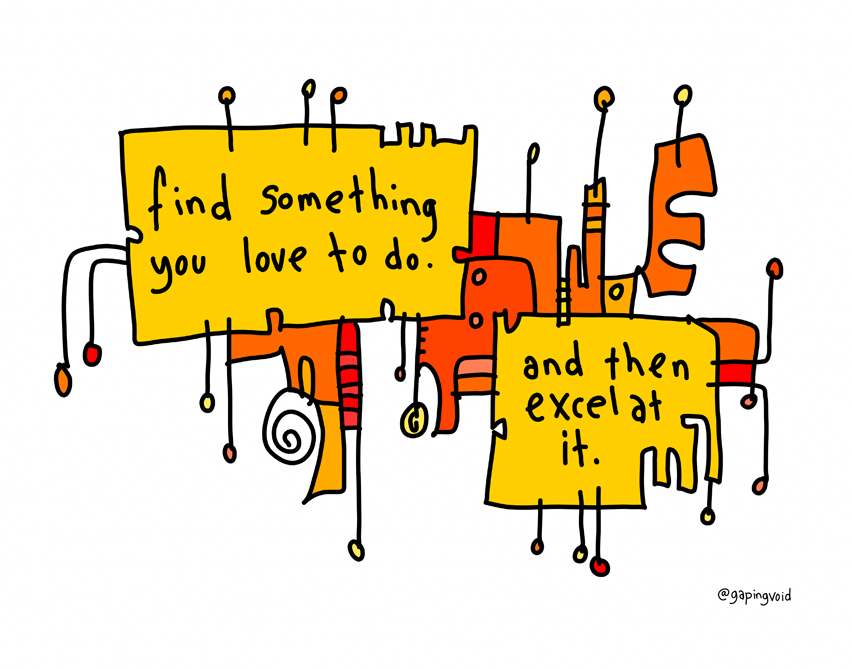My Altered States Uncovered on the “Altered Geek” Podcast
I had the chance to talk in depth with Steve “Megatron” Phillips, host of the Altered Geek podcast. I really enjoy doing podcast interviews, as each one is a bit different based on the host and questions asked and the mood of the moment when we’re recording. This was a good talk and I think we cover a lot of ground around my tenure at Troma, and the book itself (which Steve clearly had read in advance). We discuss how, while the book is a treasure trove of behind-the-scenes tales to delight the Troma fan, the anecdotes and lessons within also appeal to readers who have never heard of Troma or The Toxic Avenger (yes, such folks exist!). Steve compliments the “short” chapters and I give credit to Steven Pressfield‘s Nobody Wants to Read Your Sh*t, which served as an inspiration to the style of writing I chose for my book.
In addition, we talk about how I got involved
There’s also a good discussion on culture and purpose in business, and… well, instead of my yapping on here, you can click here or on the embed below to listen to the show. Enjoy!





